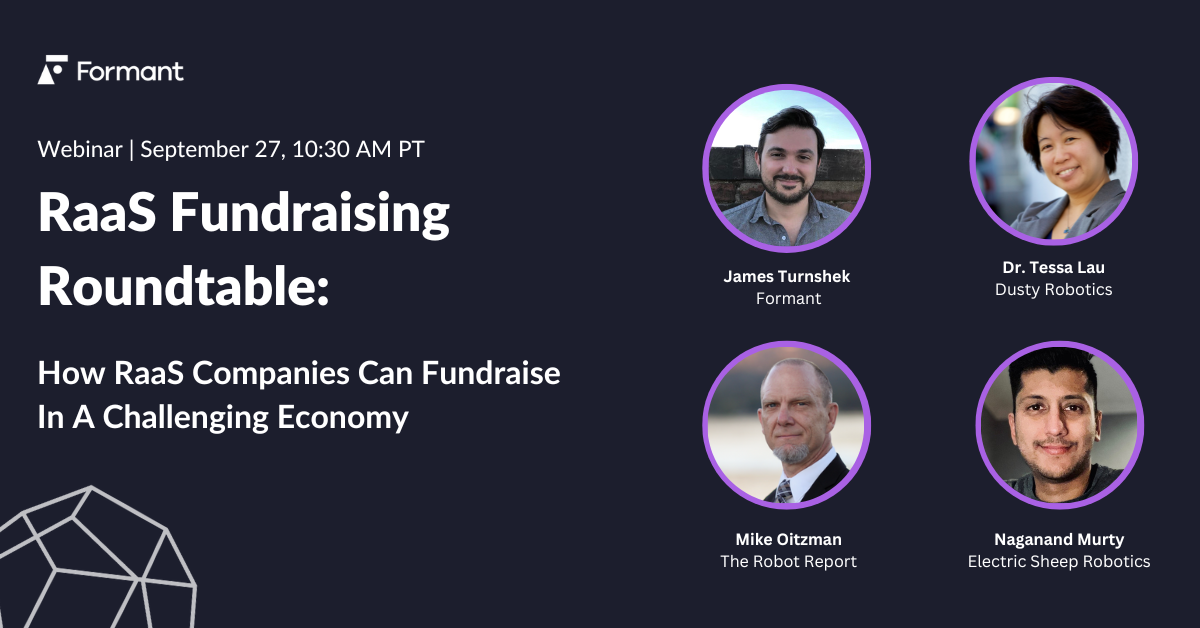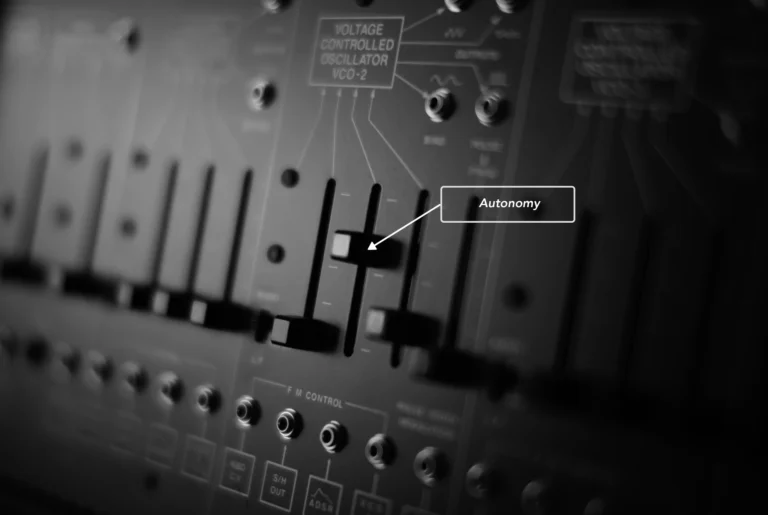In the post-pandemic economy, funding for startups has begun to trend downwards, yet plenty of robots-as-a-service (RaaS) companies still need to raise successful rounds to survive.
With the RaaS market on the rise and still emerging as a viable model, early-stage RaaS companies need to understand exactly how to navigate the fundraising journey to win over the skeptical- and more frugal- investors of today.
As a data platform that works with plenty of young RaaS companies, we understand the need for re-evaluating the approach to funding and finding the right investors for this growing market. This On is why on September 27th, we gathered top robotics executives Nagand Murty of Electric Sheep Robotics, Dr. Tessa Lau of Dusty Robotics, and Mike Oitzman, robot veteran and reporter at The Robot Report and Founder of The Mobile Robot Guide, to sit down with our Chief Architect James Turnshek to discuss how RaaS businesses can successfully score funding in the current economy.
Why Build With Venture Capital
Kicking off the webinar, James questioned Nag and Tessa on why they’d chosen to build a robotics company using venture capital. From Tessa’s perspective, venture capital is its own game- and if a robotics company can bootstrap, it should. Although it is expensive to do so, bootstrapping can provide better flexibility than with investors.
Nag agreed, but also added that it does come down to entrepreneurial preference and the niche-ness of the market should be taken into account before deciding to bootstrap.
Basically, if you can avoid VC money while getting off the ground, do it.
The Early Days
James prodded further into the early days of robotics companies and best practices for tackling the first rounds of funding.
Nag shared that Electric Sheep was born in his own garage as he was attempting to take care of his lawn. From there, he decided to first seek out customers to prove there was a market and a need, and use the early revenue to pitch to angel investors, winning him the company’s first $25,000 check. In his perspective, the best way to win over investors is to monetize the need before approaching the topic of funding with potential investors.
As Mike has witnessed the journey of many early robotics companies, he believes that although the RaaS model is able to operate with a less functional model due to their close relationship working hand-in-hand with customers, the hurdles become larger when scaling fleets. Therefore, he often sees RaaS businesses begin with smaller seed rounds as they gain customers, then raise Series A to scale the fleet itself and overcome obstacles.
Planning For Future Funding
The panel went into further detail on how they plan for raising rounds, milestones to reach during funding, and more.
If you weren’t able to attend the webinar live or know someone who could benefit from our panels’ discussion on fundraising for RaaS companies, you can watch the recorded version, below.
You can also learn more about how Formant helps early RaaS companies deploy and scale their fleets with a free demo, here.



